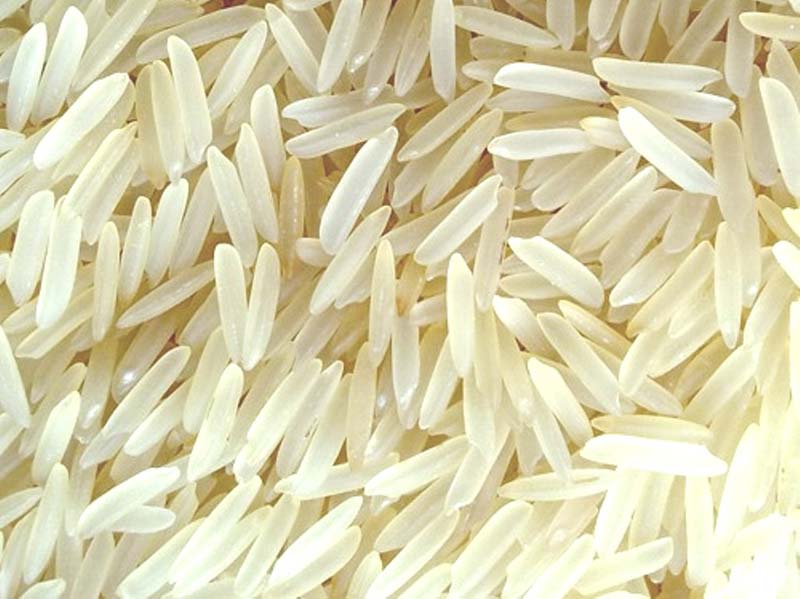

The United States department of agriculture (USDA), in its April 2023 crop outlook, has stated, “India’s prices are the most competitive among global suppliers and its total supply of rice is near-record high.” It has also stated that India’s price quotes for 5% broken-kernel rice were reported at $434 this month and are virtually unchanged since late January. Currently, India exports more rice than the combined shipments of the next three largest exporters – Thailand, Vietnam and Pakistan. India has been the world’s largest exporter of rice since 2012. “Demand for rice has been robust because of resumption of shipment to Iran and spike in demand in Gulf countries especially from Saudi Arabia, Iran, UAE and others for the ongoing Ramadan months,” K Kaul, senior executive director, All India Rice Exporters’ Association, told FE. India annually exports 4.5-5 MT of basmati rice and has an 80% share in the global trade of aromatic rice. In terms of volume, the country has exported 4.9 MT of aromatic and long grain basmati and 16.1 MT of non-basmati rice.

The increased realisation in rice exports has been achieved despite India last year banning broken rice shipment and the imposition of exports tax of 20% on white rice.Īlso read: Explainer: India’s public stockholding disputeĪccording to preliminary estimates, India has shipped $11.14 billion of rice, which includes basmati ($5 billion) and non-basmati ($6.14 billion) during FY23. The three countries accounted for 70% of the world’s rice exports.Goldman sees more Japan upside as Topix approaches 33-Year high By 2012, India became the world’s top rice exporter while Thailand slipped to the third position after Vietnam. In 2010, however, the three top exporters were Thailand, Vietnam, and India. In 2002, Thailand, Vietnam, China, the US, and India, the five top rice exporters in decreasing order of exported quantities, were responsible for about three-quarters of the world’s rice exports. The ranking of these countries by export volume of rice has greatly altered over the years. While many countries are significant importers of rice, only five countries are the major rice exporters. Developing countries account for about 83% of exports and 85% imports of rice. Only about 1% of the rice produced globally is traded. Export Of Riceĭeveloping countries are the major players in the world rice trade. In 2012, 4.5 tons per hectare was the average farm yield for rice. About 162.3 million hectares of land was dedicated to rice cultivation in the same year. In 2012, the world produced about 738.1 million tons of rice. European colonization helped introduce rice into Europe and the Americas. From here, the cultivation of rice spread to Southeast Asia and South Asia. The rice was first domesticated about 8,200 to 13,500 years ago in Ancient China’s Pearl River Valley. Wild rice, the ancestor of domesticated rice, is possibly native to Australia. After sugarcane and maize, rice is the third highest produced agricultural commodity in the world. Rice refers to the seed of the Oryza sativa grass species of Asia or the Oryza glaberrima grass species of Africa. Rice is a very important cereal grain that is consumed as a staple food in many parts of the world by a large section of the human population.


 0 kommentar(er)
0 kommentar(er)
